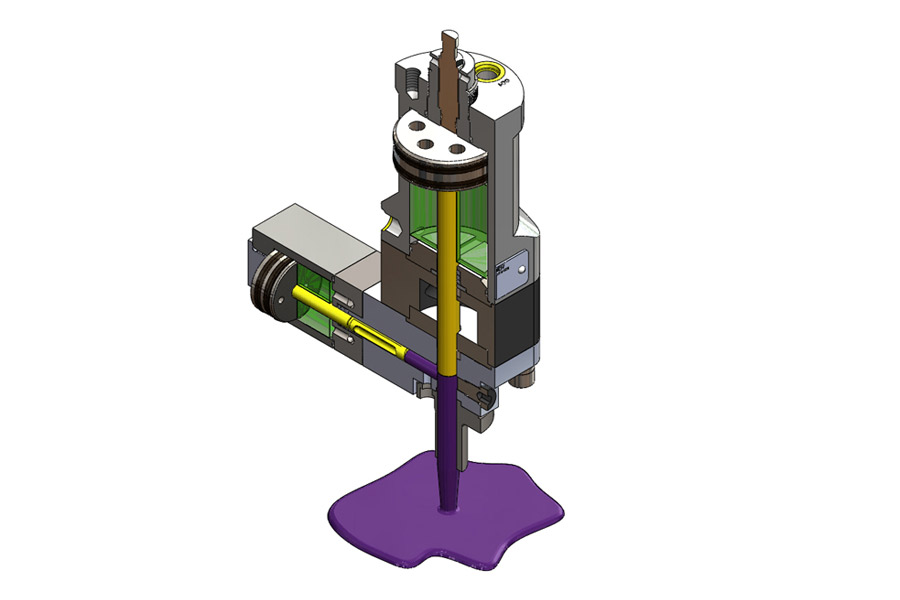A Material for Every Market
Polyurethane is one of the most customizable materials available in markets today. Whereas other materials allow for significant customization for appearance purposes only, polyurethane can acquire a number of different properties. By mixing polyol and isocyanate in specific ratios and combining it with other chemicals, companies can achieve remarkable results.
For example, different ratios of polyol to isocyanate lead to specific material attributes. In the construction industry, numerous parts of a building require insulation to protect the interior from external temperatures. An iso rich Polyurethane supports this requirement while also adding structural support — something ordinary fiberglass insulation doesn’t do. Garage doors are a great example, as they provide a measure of resistance or ‘R-value’ against external temperatures while also remaining lightweight enough to be lifted by an opener.
Medical equipment manufacturers use polyurethane extensively, as it is extremely biocompatible and safe for use in a variety of surgical and medical devices and applications. In the aerospace industry, polyurethane is used inside of aircraft to protect against temperature gradients as well as on the outside for protective coatings. Even the U.S. Navy — among other branches of the Armed Forces — uses polyurethane for everything from reinforcing diving equipment to adding protection and buoyancy to large ships.
While it’s clear that polyurethane can be utilized for a number of advanced and highly specific needs, it’s important to understand that the key requirement for meeting those needs is mixing polyurethane in a precise and consistent ratio. And the best way to achieve that is through the use of a proper mix head. But different mix heads serve different purposes. Let’s explore some of the options available to production teams involved in mixing polyurethane in their facilities.
Mixing Polyurethane with the Right Mix Head
L-Style Mix Heads
A flexible solution for a variety of applications is the L-style mix head, which uses two chambers perpendicular to one another. Here, the polyol and isocyanate counter-impinge (i.e., collide) with one another to forge a more cohesive mixture. The mixture is then forced into a larger chamber where it is then distributed based on the appropriate application and throughput requirements. The 90° direction change while mixing the polyurethane components results in a deeper mixture as well as a more even discharge, thereby preventing issues with the application. The L-style mix head is ideal for open pouring as well as many closed mold pouring of many foam types such as rigid foam, flexible foam, RRIM, and more, making this mix head useful for everything from building to sporting goods.
Straight-Style Mix Head
Another common mix head for accurately mixing polyurethane components is the straight-style mix head. Unlike the L-style, a straight-style mix head allows material to flow lengthwise through the mix head and out via two to four streams depending on the application requirements. Multiple sizes are available and ensure that material can be dispensed in the most hard-to-reach areas. Straight-style mix heads are used in just about any market, from aerospace and military applications to electronics and appliances.
Spray-Style Mix Head
Last but certainly not least is the spray-style mix head. Whereas L-style and straight-style go about mixing polyurethane components and dispensing it via open or closed pouring, a spray-style mix head does exactly what it sounds like: distributes material at length, whether via a handheld sprayer or a robotic mount. Spray mix heads also use the impingement model for deep mixing, and temperature control ensures that material is distributed appropriately depending on the application. As many spray materials can be abrasive, the spray-style mix head can also be coupled with ceramic mixing chambers that resist wear and tear.
When Mixing Polyurethane, One Size Does Not Fit All
While a number of mix head types are available depending on how material is to be mixed, how it should be dispersed, and what the application is, it’s important to understand that a simple off-the-shelf mix head won’t help you achieve your goals. Sure, it will mix material and distribute it — but will that mixture last? Will it retain the properties that the application demands, such as insulation, temperature resistance, rigidity, and corrosion resistance? Or will it begin to weaken over time, resulting in a defective product or application?
Whether you already have a variety of mix heads in operation at your production facility, or you’re beginning to explore your options for more accurately mixing polyurethane, it will be well worth your time to find the right mix head that satisfies the demands of your application. The best way to go about this is through testing your material needs with a mix head producer.
At Linden Polyurethane, we offer a full testing lab that is ISO 9001 certified and has more than 25,000 square feet of testing and production space. Here, we help our clients conduct feasibility and production processing testing to ensure that a specific mix head, metering system, or gas infusion system will help you meet your production goals. Armed with proof of our machines’ capabilities, you’ll be able to make the best decision possible.
In addition to our testing lab, virtually every mix head we produce has been custom engineered and manufactured in-house according to our clients’ needs. Each is covered by the world-renowned Linden Polyurethane warranty as well as a best-in-class repair program. From mix heads to pumps and metering systems, our machines often out-perform our own warranties, yet we remain available to repair or refurbish your equipment as needed and do so more efficiently than other repair service providers. We even repair equipment manufactured by other organizations.
Work with the Industry Experts
Linden Polyurethane is the only full service U.S.-based designer and manufacturer of polyurethane processing equipment that meets the most demanding precision requirements. With each shot from our mix heads, our clients are able to complete their production goals on-time and with the most precise polyurethane mixture possible. We’ve helped companies around the world achieve their goals, and we’re ready to help you, too.





